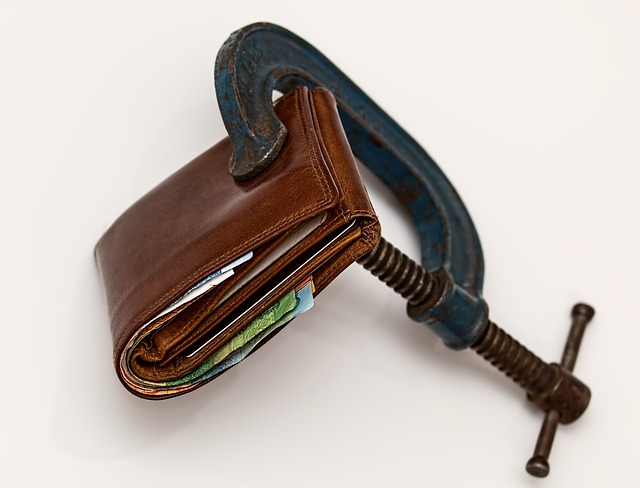A year ago, we wrote about the United States’ Bank Fraud complaint against Standard & Poor’s, which was filed under the Financial Institutions Reform and Recovery Act of 1989 (“FIRREA”). The case is now in the discovery phase with key depositions of as many as nine current and former employees of Standard & Poor’s upcoming.
Emails implicate members of the rating agency in a scheme to protect client relationships by inflating subprime security ratings. The clients, who include large investment banks, pay Standard & Poor’s to rate debt securities so that the clients can better account for risk. The government argues that Standard & Poor’s engaged in bank fraud scheme against these financial institutions by making false representations about the worthiness of AAA rated securities, while also committing mail and wire fraud. The case presents an opportunity for the government to expose systemic practices that contributed to the nation’s most recent financial collapse.
The stakes continue to be high with the government seeking as much as $5 billion in civil penalties stemming from accusations that the rating agency lied about potential conflicts of interest. S&P has every incentive to protect both its reputation and its wallet. Thus, the rating agency will endeavor to show it did not act with the law’s requisite level of intent and that the government is merely seeking retribution for the firm’s decision to lower the U.S. credit rating.
It appears there is no whistleblower at the heart of this action. A whistleblower could have prevented many of these financial losses. Further, if the person had come forward prior to the government uncovering the fraud, they would have the potential to recover an award of $1.6 million on a $10 million recovery by the U.S. government. While this is a mere fraction of the penalty sought in the current action, FIRREA (unlike the False Claims Act) has a dollar cap on the whistleblower’s reward, which may discourage some individuals from taking the risk of blowing the whistle.

